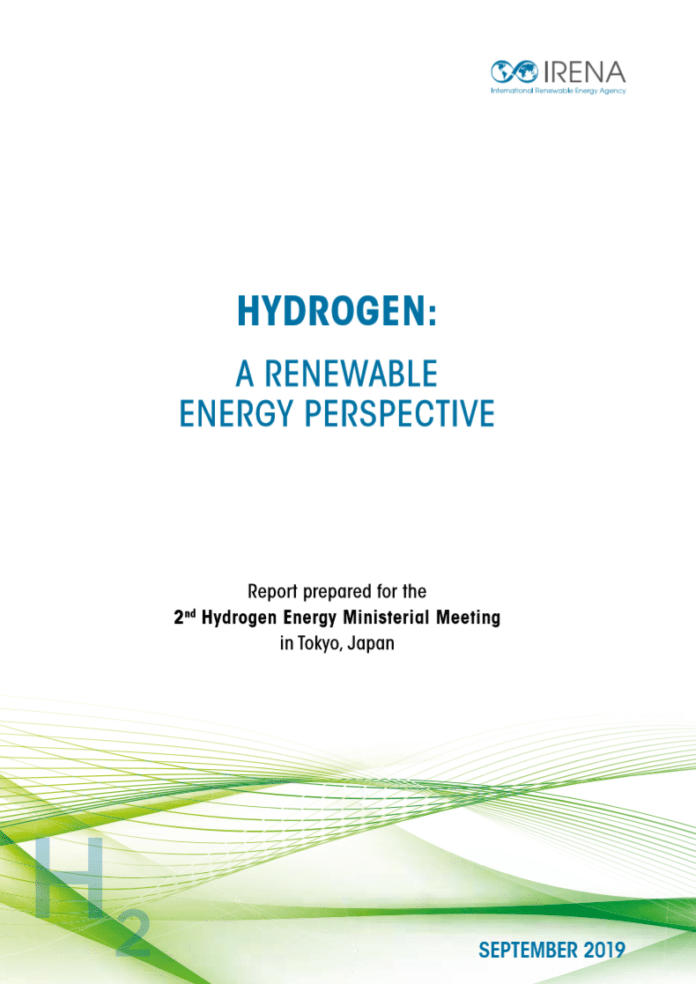
1. OVERVIEW OF FINDINGS
• Clean hydrogen is enjoying unprecedented political and business momentum, with the number of policies and projects around the world expanding rapidly. Further acceleration of efforts is critical to ensuring a significant share of hydrogen in the energy system in the coming decades.
• Two key developments have contributed to the growth of hydrogen in recent years: the cost of hydrogen supply from renewables has come down and continues to fall, while the urgency of greenhouse gas emission mitigation has increased, and many countries have begun to take action to decarbonise their economies, notably energy supply and demand. The hydrogen debate has evolved over the past two decades, with a shift in attention from applications for the auto industry to hardto-decarbonise sectors such as energy-intensive industries, trucks, aviation, shipping and heating applications.
• Ensuring a low-carbon, clean hydrogen supply is essential. Current and future sourcing options include: fossil fuel-based hydrogen production (grey hydrogen); fossil fuel-based hydrogen production combined with carbon capture, utilisation and storage (CCUS; blue hydrogen); and hydrogen from renewables (green hydrogen).
• Green hydrogen, produced with renewable electricity, is projected to grow rapidly in the coming years. Many ongoing and planned projects point in this direction. Hydrogen from renewable power is technically viable today and is quickly approaching economic competitiveness. The rising interest in this supply option is driven by the falling costs of renewable power and by systems integration challenges due to rising shares of variable renewable power supply. The focus is on deployment and learning-by-doing to reduce electrolyser costs and supply chain logistics. This will require funding. Policy makers should also consider how to create legislative frameworks that facilitate hydrogenbased sector coupling.
• Important synergies exist between hydrogen and renewable energy. Hydrogen can increase renewable electricity market growth potentials substantially and broaden the reach of renewable solutions, for example in industry. Electrolysers can add demand-side flexibility. For example, European countries such as the Netherlands and Germany are facing future electrification limits in end-use sectors that can be overcome with hydrogen. Hydrogen can also be used for seasonal energy storage. Low-cost hydrogen is the precondition for putting these synergies into practice.
• Electrolysers are scaling up quickly, from megawatt (MW)- to gigawatt (GW)-scale, as technology continues to evolve. Progress is gradual, with no radical breakthroughs expected. Electrolyser costs are projected to halve by 2040 to 2050, from USD 840 per kilowatt (kW) today, while renewable electricity costs will continue to fall as well. Renewable hydrogen will soon become the cheapest clean hydrogen supply option for many greenfield applications.
• Blue hydrogen has some attractive features, but it is not inherently carbon free. Fossil fuels with CCUS require carbon dioxide (CO2) monitoring and verification and certification to account for noncaptured emissions and retention of stored CO2. Such transparency is essential for global hydrogen commodity trade.
• Development of blue hydrogen as a transition solution also faces challenges in terms of production upscaling and supply logistics. Development and deployment of CCUS has lagged compared to the objectives set in the last decade. Additional costs pose a challenge, as well as the economies of scale that favour large projects. Public acceptance can be an issue as well. Synergies may exist between green and blue hydrogen deployment, for example economies of scale in hydrogen use or hydrogen logistics.
• A hydrogen-based energy transition will not happen overnight. Hydrogen will likely trail other strategies such as electrification of end-use sectors, and its use will target specific applications. The need for a dedicated new supply infrastructure may limit hydrogen use to certain countries that decide to follow this strategy. Therefore, hydrogen efforts should not be considered a panacea. Instead, hydrogen represents a complementary solution that is especially relevant for countries with ambitious climate objectives.
• Per unit of energy, hydrogen supply costs are 1.5 to 5 times those of natural gas. Low-cost and highly efficient hydrogen applications warrant such a price difference. Also, decarbonisation of a significant share of global emissions will require clean hydrogen or hydrogen-derived fuels. Currently, significant energy losses occur in hydrogen production, transport and conversion. Reducing these losses is critical for the reduction of the hydrogen supply cost.
• Dedicated hydrogen pipelines have been in operation for decades. Transport of hydrogen via existing and refurbished gas pipelines is being explored. This may reduce new infrastructure investment needs and help to accelerate a transition. However, equipment standards need to be adjusted, which may take time. Whether the way ahead involves radical natural gas replacement or gradually changing mixtures of natural gas and hydrogen mixtures is still unclear. A better understanding is needed.
• While international hydrogen commodity shipping is being developed, another opportunity that deserves more attention is trade of energy-intensive commodities produced with hydrogen. Ammonia production, iron and steel making, and liquids for aviation, marine bunkers or feedstock for synthetic organic materials production (so-called electrofuels or e-fuels that are part of a power-to-X strategy) seem to be prime markets, but cost and efficiency barriers need to be overcome. This may offer an opportunity to accelerate global renewables deployment with economic benefits.
